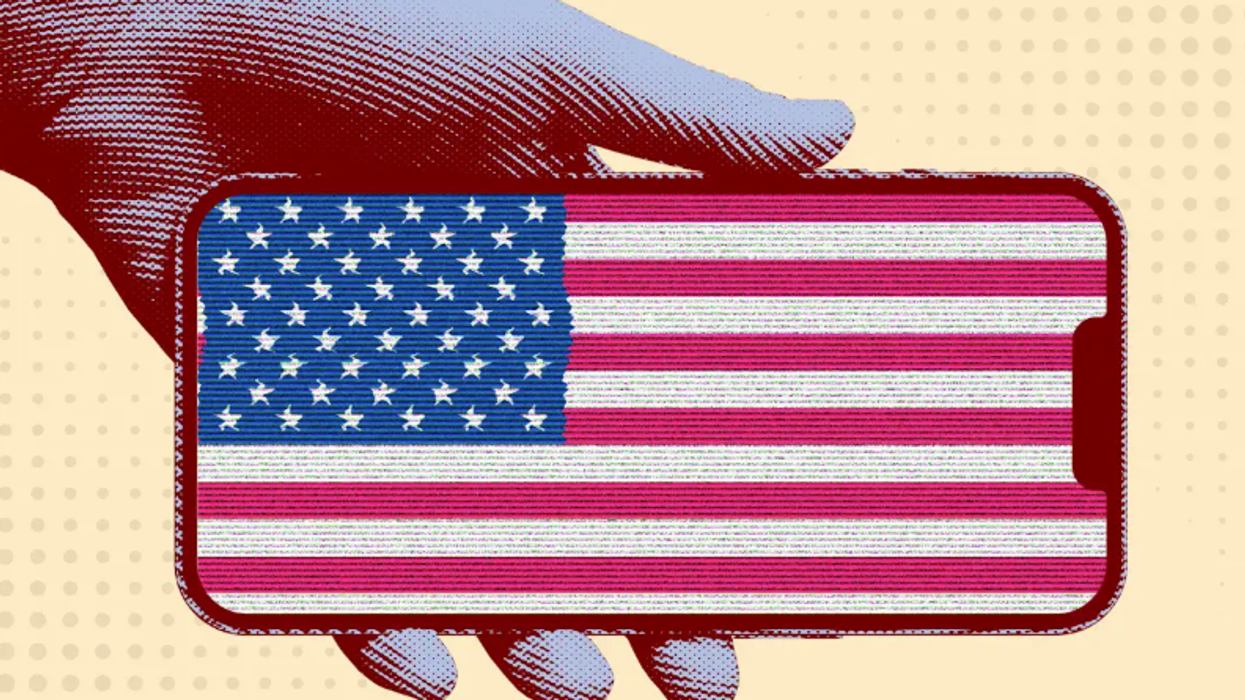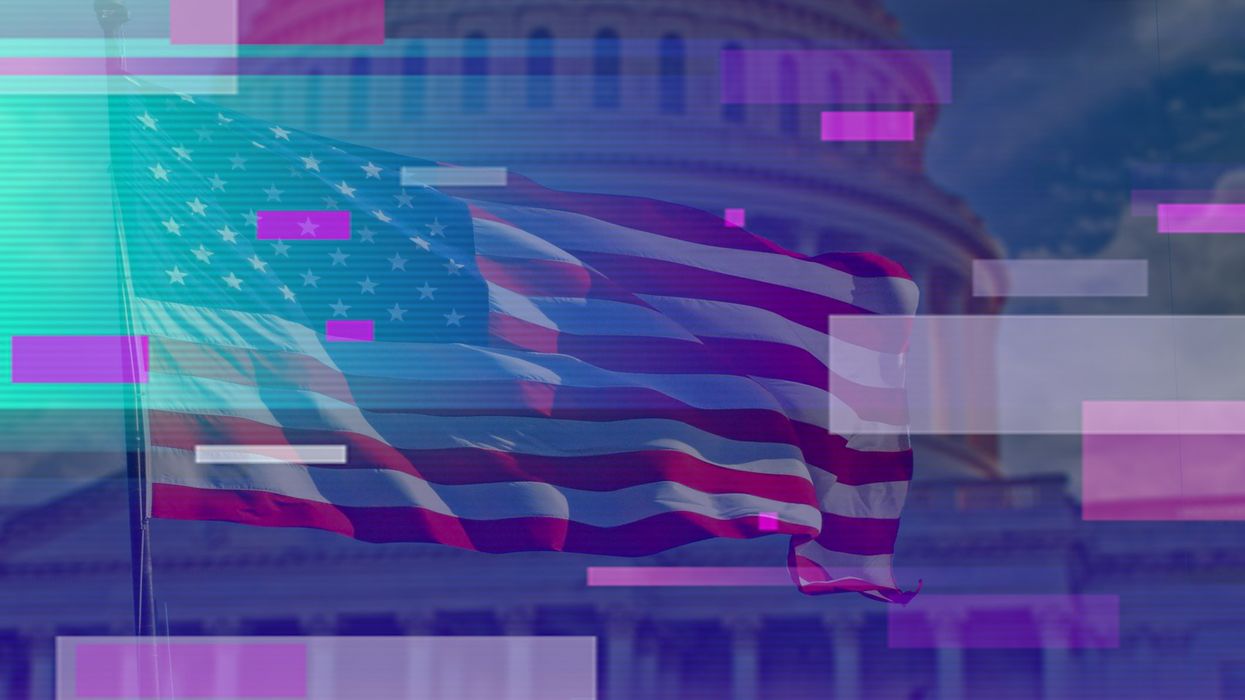Pearl is a clinical professor of plastic surgery at the Stanford University School of Medicine and is on the faculty of the Stanford Graduate School of Business. He is a former CEO of The Permanente Medical Group.
OpenAI generated massive media interest with the announcement that its signature product, ChatGPT, is gaining memory. The new feature enables the generative artificial intelligence system to “carry what it learns between chats, allowing it to provide more relevant responses,” according to the company.
As Congress holds hearings and regulators rumble with apprehension, the media coverage so far has generally overlooked the biggest part of this announcement, which has direct ties to American health care:
The development of memory-powered AI is a pivotal step toward transforming U.S. medicine.
Although there are many technological and regulatory hurdles to clear — and fears around privacy and security to mitigate — this development has the potential to make health care more personalized, patient-centric and affordable. These improvements — alongside the potential pitfalls of AI-empowered health care — are the subject of my upcoming book, “ ChatGPT, MD: How AI-Empowered Patients & Doctors Can Take Back Control of American Medicine.”
Here are three ways generative AI’s improved memory will transform patient care:
More accurate diagnoses
For over a decade, clinicians have wanted to precisely tailor care to each patient’s unique health profile, including their genetic makeup and personal health preferences. But too much has stood in the way.
One major challenge is the sheer volume of knowledge required to customize medical care. The human genome consists of approximately 3 billion base pairs of DNA, which if typed out as letters would fill about 200 New York City phone books. What’s more, medical knowledge doubles every 73 days, making it almost impossible for any human to keep up with all the innovative medical findings and updated guidelines for helping patients.
A third hurdle is technological. With the average patient consulting 19 different doctors throughout their lifetime, an individual’s electronic medical records are often dispersed across numerous medical offices and health systems. The lack of interoperability among EMR systems compounds this issue, preventing clinicians —and, by extension, generative AI — from accessing a patient’s complete medical history.
Currently, ChatGPT’s “ context window ” (how many words it can recall before losing its memory), falls well short of the nearly 17,000 words found in the average patient’s medical record.
However, generative AI systems are predicted to become 30 times more powerful within the next five years, dramatically expanding their data retention capabilities and enhancing their reliability. This, combined with OpenAI’s specialized plug-ins (known as GPTs), offers promising opportunities. Initially, generative AI might access a limited set of patient data through platforms like My Chart, which can be used on personal computers or smartphones. Eventually, however, generative AI will enable patients to consolidate their digital medical records from various health care providers.
This will create a comprehensive, personalized health record, serving as a reliable resource for both patients and their health care teams.
With this information stored in an AI’s memory, patients will be able to input their symptoms and receive specific diagnostic and treatment suggestions.
For people who are uncertain about the significance or urgency of new symptoms, the AI will provide reliable advice. And for patients with rare or complex conditions, it will offer invaluable second opinions. Advanced diagnostic ability, alongside comprehensive health care information, will be instrumental in reducing the 400,000 annual deaths attributed to misdiagnoses.
Fewer complications from chronic sisease
Chronic diseases like diabetes, hypertension, obesity and asthma affect six in 10 U.S. adults. Complications from these diseases account for 1.7 million deaths each year.
Unlike acute illnesses that appear suddenly and usually are resolved quickly, chronic conditions persist over time, impacting tens of millions of Americans every single day.
Doctors care for these conditions in an episodic fashion, which is far from optimal. Patients with chronic diseases typically see their physician every three to four months, providing doctors with only a snapshot of their health status. As a result, chronic diseases aren’t controlled as well as they should be, which leads to life-threatening, and preventable, complications.
At a national level, hypertension is adequately controlled just 60 percent of the time, and effective blood sugar management in type 2 diabetes is achieved less than half the time. Data from the Centers for Disease Control and Prevention indicate that proper disease prevention and management approaches would reduce the risk of kidney failure, heart attacks and strokes by 30 percent to 50 percent.
Applying these percentages to the U.S. death toll from chronic disease complications, these CDC estimates indicate that more than half a million lives could be saved annually.
Generative AI, once connected to home wearable devices, can update patients about their health status and suggest medication adjustments or lifestyle changes. It can also remind them about necessary screenings and even facilitate testing appointments and transportation, thereby improving disease management, reducing complications and maximizing health outcomes.
Safer hospitals
Generative AI with memory will radically improve inpatient care, as well. Once it’s integrated with bedside monitors and able to remember a patient’s clinical status over time, the AI system will be able to immediately alert professionals when a problem arises, so they can intervene.
Additionally, video monitoring systems powered by AI could oversee the delivery of medical care, pinpointing any departures from established best practices. This real-time oversight would provide immediate alerts to caregivers, preventing medication mishaps and reducing the risk of infection.
These two uses of AI technology would help reduce the staggering 250,000 deaths each year attributed to preventable medical errors.
While ChatGPT and similar technologies hold immense potential, today’s generative AI tools still require clinician supervision. But looking ahead, the exponential growth of generative AI’s capabilities (doubling every year) points to a transformative future for the practice of medicine.
Now is the time for both clinicians and patients to become comfortable using generative AI. And it is an opportunity for regulators and elected officials to advance, not stifle its potential. With memory and GPTs, the doctor’s AI toolkit is quickly filling up.



















